Not all elbow fractures are the same. That’s because you can break up to three different bones in your elbow. Some of them, especially radial fractures, can look like just a sprain because they allow you to move your elbow normally.
Table Of Content
- 3 Different Types Of Elbow Fractures
- Symptoms: A Fracture Or Just A Sprain?
- Diagnosing Elbow Fractures
- How To Treat Elbow Fractures
- Recovery After Elbow Fractures
There are two ways to break your elbow. Either you hit it against something directly or you fall on your outstretched arm. If your elbow is “locked” when you hit the floor it may break (that’s also a common way to break your wrist)
3 different types of elbow fractures
There are 3 different bones in your elbow and any of them can break:
- The humerus: mainly supracondylar fractures. They usually happen in children, but can happen in adults after a violent hit.
- The radius: radial head fractures.
- The ulna: olecranon fractures. The olecranon is the “ball” at the back of the elbow. It “cups” the lower end of the humerus.
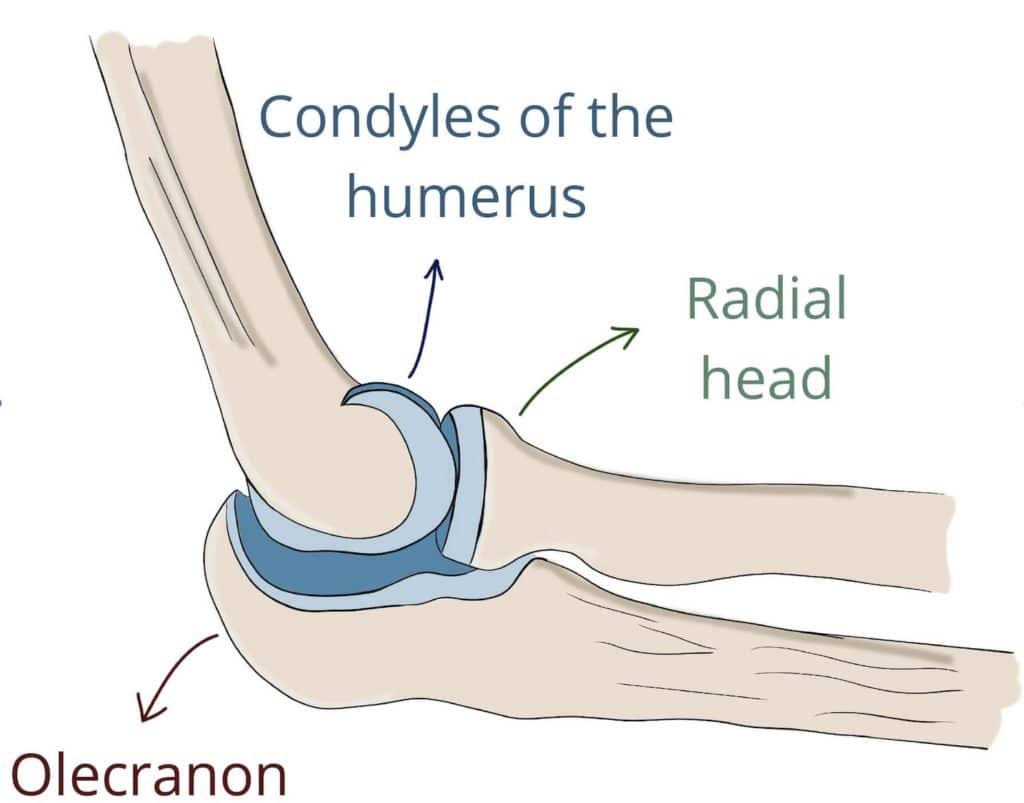
-
Supracondylar fractures:
They happen more frequently in children. After a fall, the child will have a lot of pain and won’t be able to move their arm. If the fragments have displaced, these fractures require surgical fixation and a cast.
-
Radial Head Fractures:
These fractures can go unnoticed more easily. That’s because if the fracture is small, you’ll still be able to move your arm even with a fracture. If the fracture is larger, you’ll have trouble with pronation-supination movements.
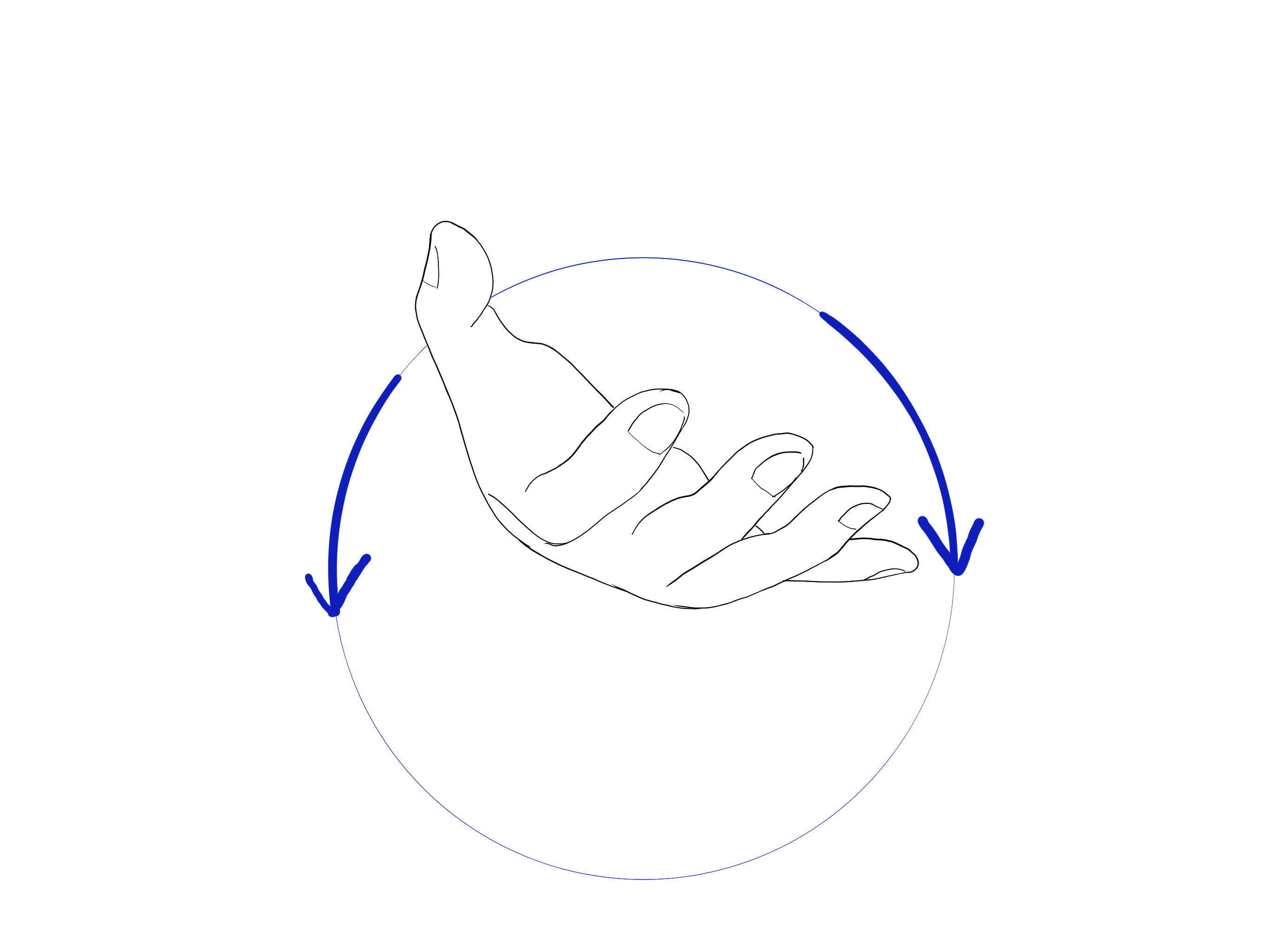
-
Olecranon fractures:
These fractures frequently happen after an elbow dislocation. The olecranon plays an important role in elbow extension (the triceps attaches to it), so, you’ll typically won’t be able to extend your elbow after an olecranon fracture.
Symptoms: is it a fracture or just a sprain?
There are some symptoms that points toward an elbow fracture rather than a sprain. For example, pain. Pain happens after any trauma, but if it doesn’t go away with a few weeks, you may have a fracture. Swelling, bruising and hematoma are typical as well.
If you can’t move your elbow normally, chances of a fracture are high. Radial head fractures limit the pronation-supination movement. Olecranon fractures limit elbow extension. And supracondylar fractures can impair all directions of motion. This is the most specific sign of a fracture. Pain, swelling and hematoma can happen after a contusion or sprain. However, if you really can’t move your arm, you can worry that you might have a fracture.
However, this is not 100% accurate. Some fractures allow you to move normally, if they are not displaced. You can have an hairline radial fracture and still be able to move your elbow. To be sure, you must see a doctor and have an x-ray.
How do you diagnose elbow fractures?
The first step is: go to the doctor. In the hospital, they will perform an x-ray, which will show whether you have a fracture. If there are still any doubts, they can perform a C.T., which shows bony structures with greater detail.
How do you treat elbow fractures?
Depending on the fracture, some can be treated conservatively and others require surgery. Although there are many different scenarios, the rule of thumb is this:
If there is displacement of fragments or blocked motion, the patient will benefit from surgery.
Conservative treatment
It’s the preferred option if the fracture is non-displaced and motion is preserved. Most of the times it’s a good option for radial head fractures. And sometimes, it may be suitable for olecranon and supracondylar fractures.
In fact, most radial head fractures are treated without surgery, as long as the fragments are lined up and allow normal motion. In these cases, treatment consists of a sling and rest for a short time (remember the elbow shouldn’t be immobilized for too long). Soon, you’ll have to start making gentle movements, to avoid stiffness. You must avoid lifting heavy objects for at least 6-12 weeks.
Surgical treatment
There are several surgical options, depending on the fracture.
Radial head fractures
If you are unlucky and your radial head fracture limits your range of motion, you may need surgery. The goal is to realign the small fragments that are blocking your elbow. That can be done through small screws or a plate and screws.
Sometimes, the radial head has really shattered and it’s difficult to put the fragments back together. In those cases there is another option which consists of removing those fragments (an option for elderly patients).
Another option for shattered fractures is removing the fragments and placing a radial head replacement (a prosthesis).
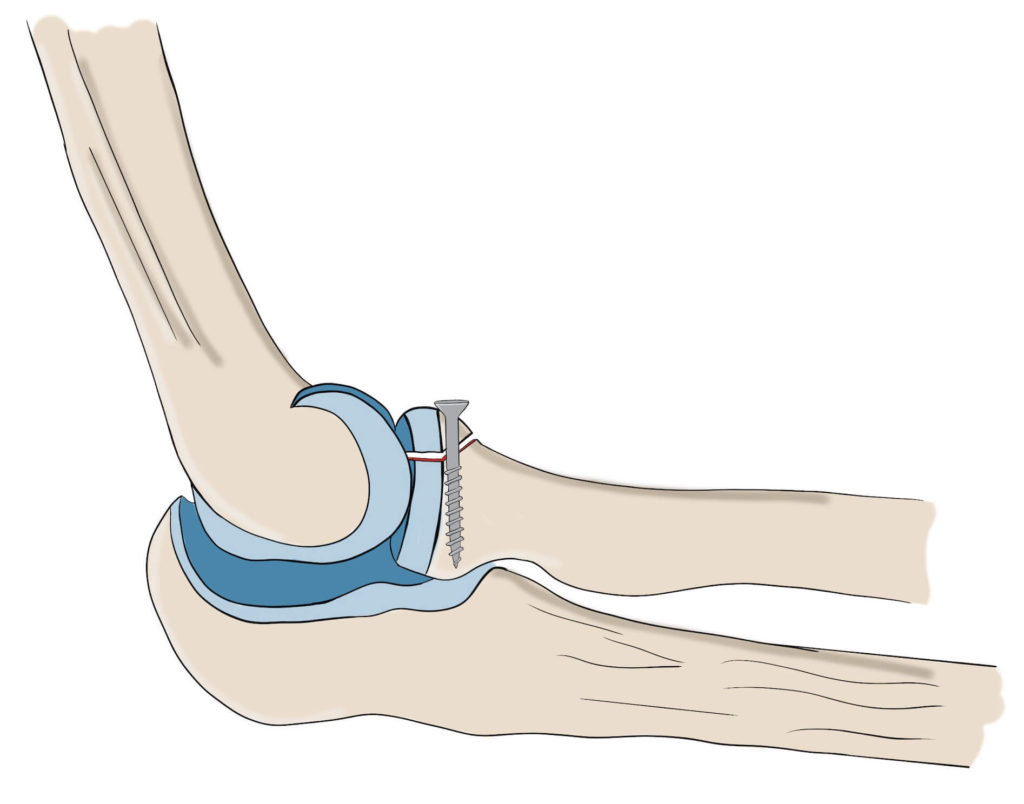
Olecranon fractures
Olecranon fractures usually require surgery, because they tend to limit elbow extension. There are several techniques, and the most common are:
- Tension band wiring: the 2 fragments are “tied together” with a metal wire.
- Plate and screws: a plate is screwed into both fragments to fix them.
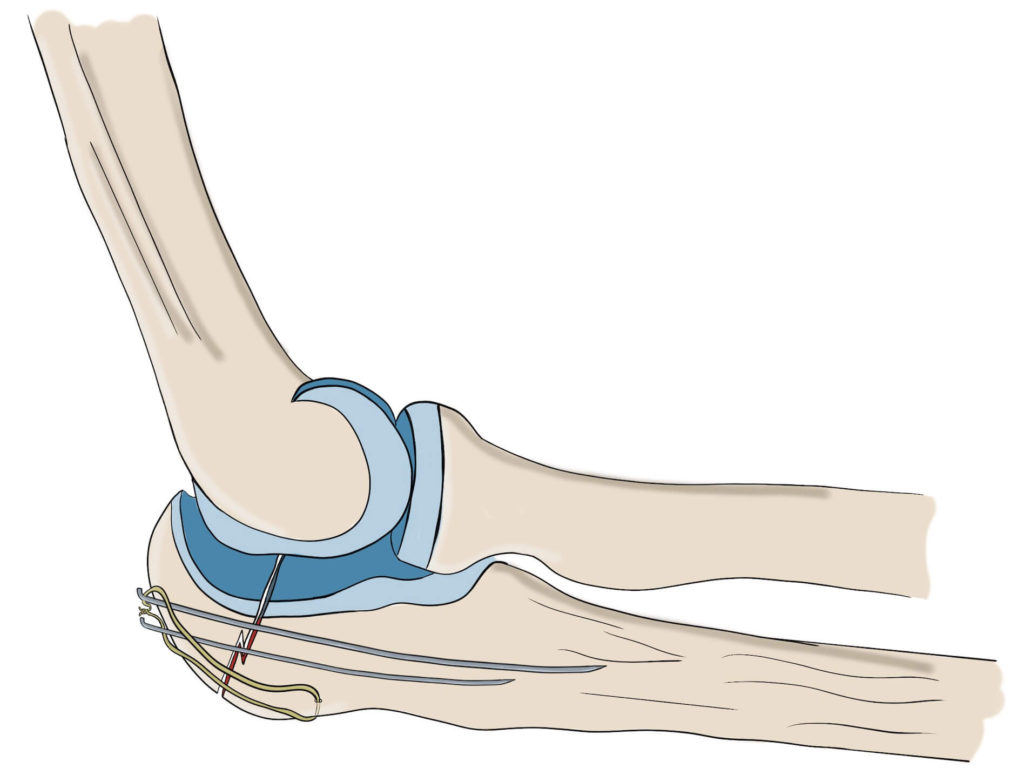
Supracondylar fractures
In this case, treatment is different for adults and children. As we said, these fractures are typical of children.
For Children:
The technique is called Closed Reduction Internal Fixation (CRIF). With the aid of fluoroscopy (like a movie-like x-ray) the surgeon manipulates the arm to realign the fracture. Then, they will insert several rigid wires (called k-wires) through the fragments, to keep them in place. After some weeks, when the bone starts healing, they’ll remove the wires and leave a cast.
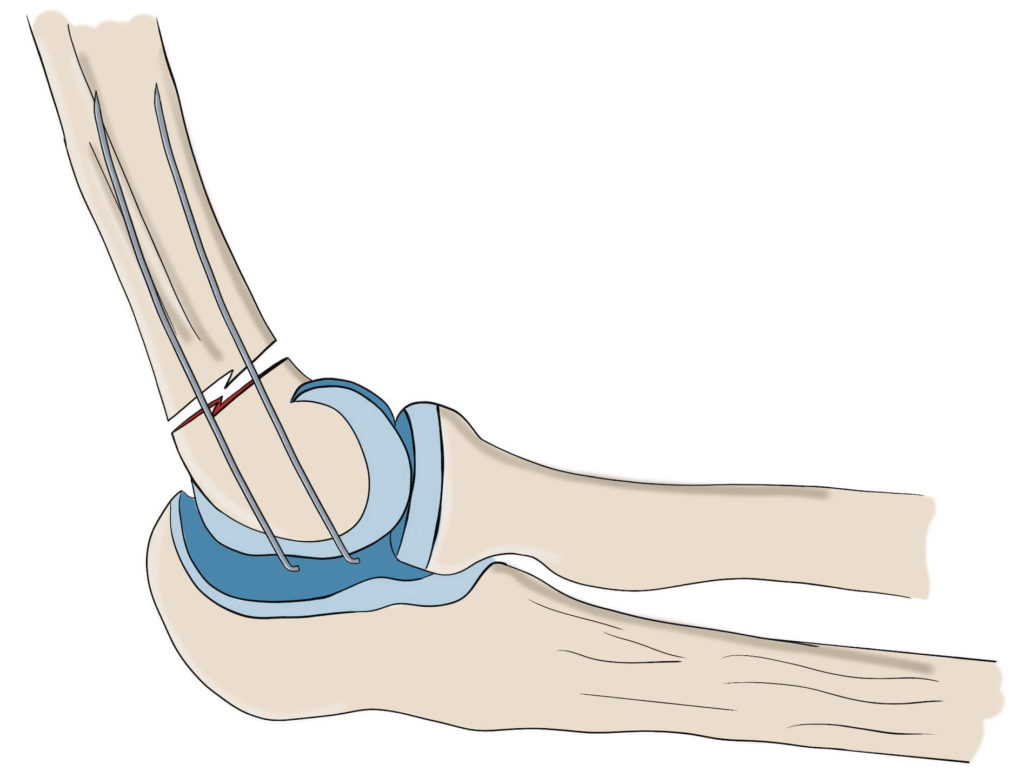
For adults:
On the other side, adults usually require ORIF = Open Reduction Internal Fixation That is, they open your elbow and fix the fracture with a plate that will stay beneath the skin (as opposed to external fixation).
Recovery after elbow fractures
After surgery, your doctor will give you specific recommendations for your case. Most of the times, you must avoid heavy objects for 6-12 weeks. However, you will have to start doing some rehab much earlier than that. Soon after surgery, you must start moving your elbow and doing some mobility exercises. With these, you’ll reduce the risk of stiffness.
After surgery there can be some small degree of motion restriction, like not being able to extend the elbow 100%. However, it’s usually a minor problem, which doesn’t alter most patients’ regular life.
Leave a Reply